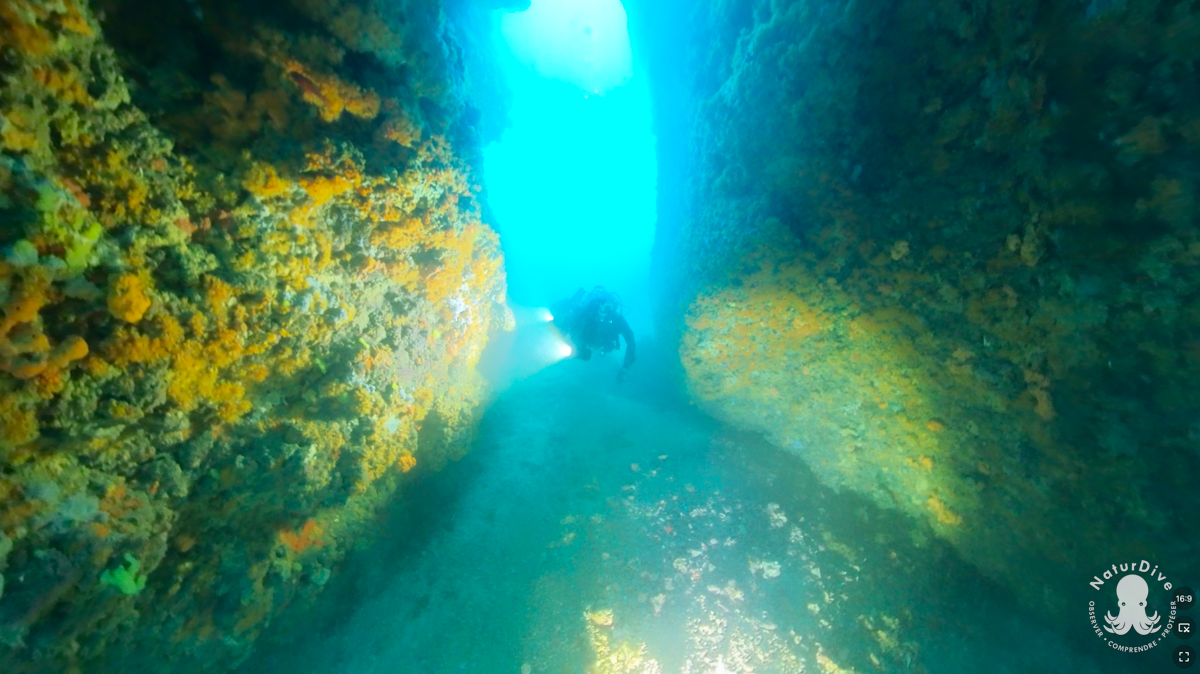
Case Study


(Piece translated with permission from NaturDive’s site)
The NaturDive association implements, develops and encourages the studying, preservation and protection of the marine environment. They have recently implemented VR into their organisation, this case study will explore how they have used their kit.
The Need for Environmental Education
In the Alpes-Maritimes department, 60 kilometres of coastal strip provide access to the Mediterranean coastline, but the connection of residents to the underwater world remains limited. For young people, contact with the marine environment can be difficult because of the distance, safety regulations, lack of scientific knowledge in the school curriculum or the unavailability of parents to organize outings to the seaside. There is a large public that lacks the financial means or physical ability to go scuba diving.
There is an urgent need for environmental education for all ages to give them the knowledge and the means to act to protect their natural marine heritage. Unfortunately, many people today still have doubts about climate change, mainly because they can’t see the environment changing with their own eyes. If the consequences of human activities were perceived as psychologically closer (in spatial and temporal terms) or shown directly to observers, perhaps the public could better perceive the urgency of taking action for the preservation and protection of the environment.




The Introduction of VR
One of the trending technologies of our current era is Virtual Reality. In the field of environmental education, the use of VR applications has many advantages. For example, underwater images and videos recorded while diving provide a captivating and immersive experience in a safe and accessible environment at an affordable price.
Learning through technology and spending time in nature are not mutually exclusive. When Virtual Reality is used effectively, it can support and enhance environmental education while contributing to well-being. VR offers an alternative to discover ecologically sensitive areas (fragile habitats such as coralligenous, or habitats of protected species) where access is limited, making preservation difficult.
NaturDive’s project “360° Boulevard de la Méditerranée”, aims to raise awareness and educate audiences on the preservation of marine biodiversity. The tool was designed to provide an immersive journey along the coastline of Department 06, France, showing examples of precious marine treasures (habitats such as coralligenous, Posidonia and their inhabitants). Their virtual journey will allow the public to connect with their natural heritage and better understand local environmental issues. It will also inform them of the effects of climate change.
NaturDive are working to educate young people about marine life by any means necessary. They want them to remain curious, to keep the Mediterranean in their minds, in their hearts and in their actions. Ultimately, they want to preserve marine biodiversity and its habitats.
Interested in your own Pico G3 Kit?

Gallery













Photographs by Ioana Stoicescu / NaturDive
Project funded by the Alpes-Maritimes Department (Green Deal 06)



